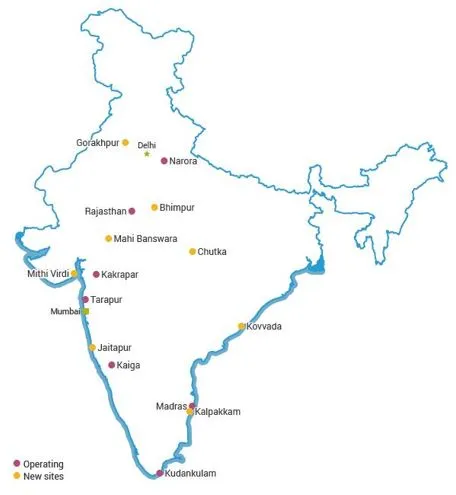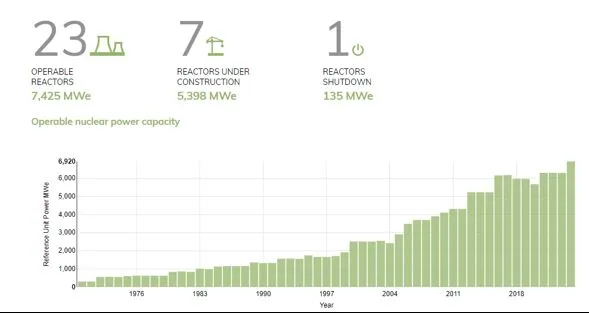

27th July 2024 (11 Topics)
Context
In her Budget 2024 speech, Finance Minister Nirmala Sitharaman announced plans to develop Bharat Small Reactors (BSRs) as part of India's push to expand its nuclear energy capabilities. These reactors represent a significant shift in India's nuclear energy strategy, aiming to make nuclear power more accessible and versatile.
What Are Bharat Small Reactors (BSRs)?
- Definition: BSRs are compact nuclear reactors designed to produce electricity on a smaller scale compared to traditional large nuclear power plants.
- Technology: They will use India’s existing 220-megawatt pressurized Heavy Water Reactor (PHWR) technology, which is already in use in 16 reactors across the country.
- Private Sector Involvement: For the first time, the Indian government will involve private companies in developing and operating these reactors. This is a major change from the previous law, which only allowed government control over nuclear energy.
- Small Modular Reactors (BSMRs): The government is also researching BSMRs, which are a newer type of small reactor. These are being designed at the Bhabha Atomic Research Center in Mumbai.
Why Are BSRs Needed?
- Flexibility: BSRs can be placed in a wider variety of locations, are quicker to build, and may be more affordable compared to large reactors.
- Clean Energy: They are part of India's strategy to use cleaner energy sources. Nuclear power helps in reducing reliance on thermal power (like coal), providing a stable source of electricity as the country moves towards greener energy.
- Utility: BSRs could help power remote areas or large industries like cement and steel plants, aligning with global trends in using smaller, more flexible nuclear reactors.
Fact Box: India’s Nuclear Capacity
|
PYQQ: With growing energy needs should India keep on expanding its nuclear energy programme? Discuss the facts and fears associated with nuclear energy (2018) |
More Articles



